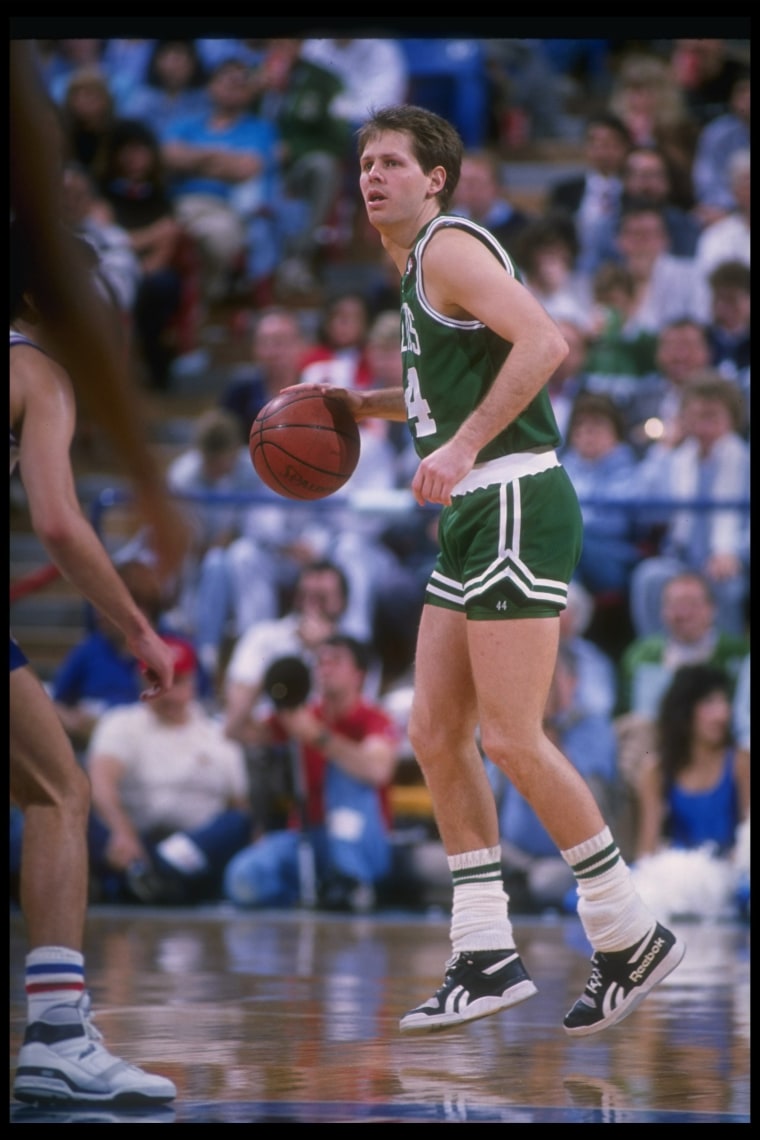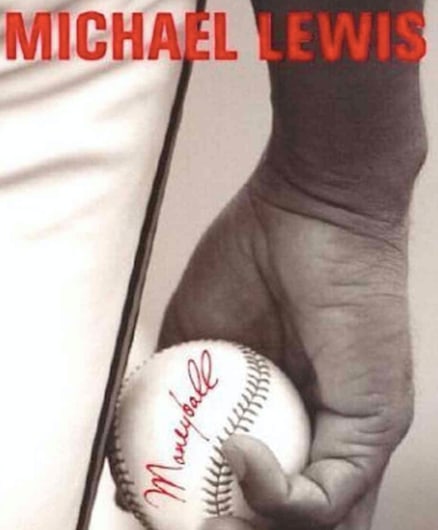 Danny Ainge playing for the Celtics in 1988.
Otto Greule Jr.
/
Getty Images
Danny Ainge playing for the Celtics in 1988.
Otto Greule Jr.
/
Getty Images
Danny Ainge is the general manager of the Boston Celtics. That means he’s the guy who makes the decisions on who’s actually on the team: who gets traded, who gets drafted, who gets paid, who gets cut. The Boston Celtics are my favorite team. That means Danny Ainge has a, shall we say, outsized role in the status of my personal joy.
If that sounds unhealthy, well — OK, it is. But believe me: I’m not the only one.
The modern NBA fan is defined by their voluminous knowledge, not just of their favorite team’s preferred offensive sets and their favorite team’s dreams and picadillos — but, effectively, of their favorite team’ untold futures. What tricky sleight of hand can we pull to land an additional second round draft pick or two? In which second-tier Balkans league can we staff foreign-born second-rounders?! These days, true fandom is a GM-to-fan mind-meld.
When the hell did that happen? When I was a teenager I only ever had two thoughts about the Celts' then-GM: I thought it was funny he had the same birth name as Biggie; I wanted him to not ever, ever trade my favorite player, Antoine Walker.
What changed? In the summer of 2003, Michael Lewis dropped Moneyball, a baseball book about the Oakland A’s and the progressive tactics of its GM, Billy Beane. The book ushered analytics — a catch-all term for cold, qualitative value analysis of everything from players to late-game tactics — into the public conscience. (Just months after Moneyball, the Celtics traded Walker. Probably unrelated, but who knows? ‘Twan had horrible usage rate). It laid bare often-fascinating front-office machinations, and got kids fantasizing in a whole new direction. Fans used to exclusively project their delusions of grandeur onto the athletes. Now a generation has grown up scheming about running the show from the corporate suites.
 Courtesy of W. W. Norton & Company
Courtesy of W. W. Norton & Company
Also: Moneyball made Billy Beane famous. Pro sports had star GMs before (for one: Ainge’s long-ago predecessor, the showman legend Red Auerbach). But they were the exception. In the nearly 15 years since Moneyball came out, the shot-callers have only loomed larger and larger.
Now fully keeping up means understanding the principles — nay, the philosophies! — under which your GM operates. Yes, philosophies. Ones with cute name brands and everything. In Houston, Rockets GM Daryl Morey operates under “MoreyBall.” In Philadelphia, Sam Hinkie had a city trusting “The Process.” (He’s currently unemployed).
This summer, the NBA offseason has been a sparkling wonderland of transactions. For those who love the sweet unknown of an unexpected trade, a strange signing, an inexplicable draft pick, it’s been a joy (Chris Paul to Houston?!). But the NBA offseason has also, in a strange way, swallowed the regular season. Seriously: mere hours after the Golden State Warriors clinched their inevitable 2017 NBA title, conversations were already turning to what might happen next. The practical is the domain of the players. The theoretical is the empire of the GM. And in a very serious way, the theoretical is dominating the practical.
Of course, the more we’re inside our favorite GMs’ heads, the more they’re inside ours. We stress over their choices, unpack their stray comments, grimace with every tiny little misstep. Maybe it’s all a little too much. This summer, the Celtics reportedly had chances to trade for two star players, Jimmy Butler and Paul George. “What’s happening?” I found myself wondering, as the rumors flew. “What is Ainge thinking?!” Ultimately, neither trade materialized. I, however, spent a lot of time considering the possibilities.
I have a shirt that says “I Hate Danny Ainge.” It was originally whipped up by Pistons fans in the ’80s, back when Ainge was a pesky backcourt player for the championship-era Celtics and loathed by pretty much everyone outside of Massachusetts. There’s a funny photo of Ainge wearing it. It was during warmups, before a Boston-Detroit game. Apparently, he spotted a Pistons fan in the shirt and asked to temporarily borrow it.
Do I wear it because I hate Danny Ainge? No. I don’t think so. I think it’s more of a mute rebuke, to myself, for letting him control such a disproportionately large chunk of my psyche. It’s like a rom-com cliche? I push him away before he can really hurt me? I hate it when you're not around, Danny, and the fact that you didn't call. But mostly I hate the way I don't hate you, not even close, not even a little bit, not even at all?